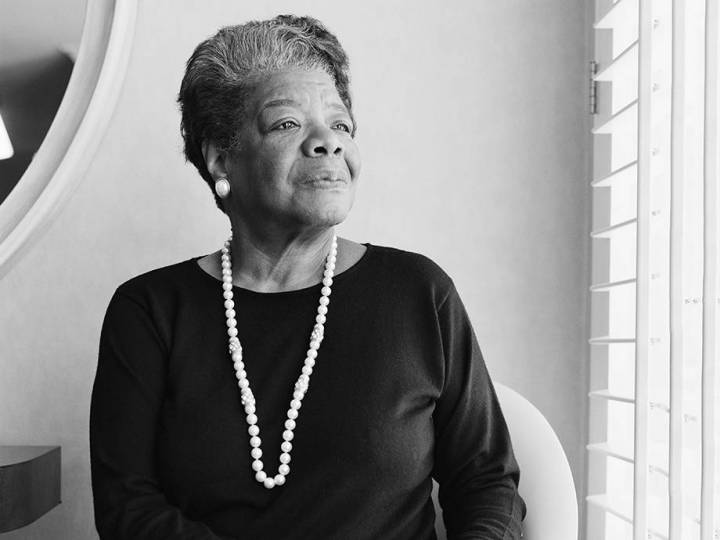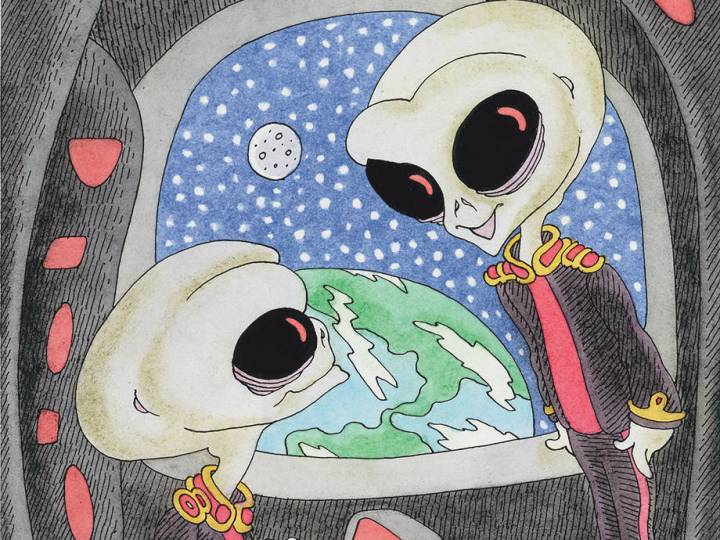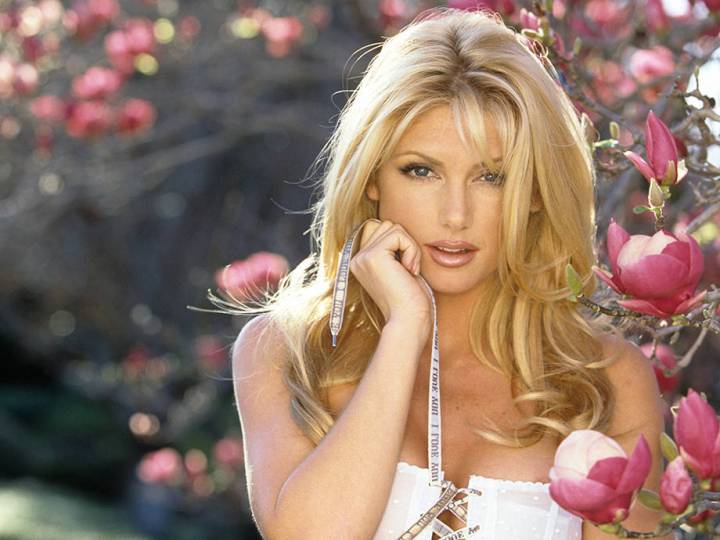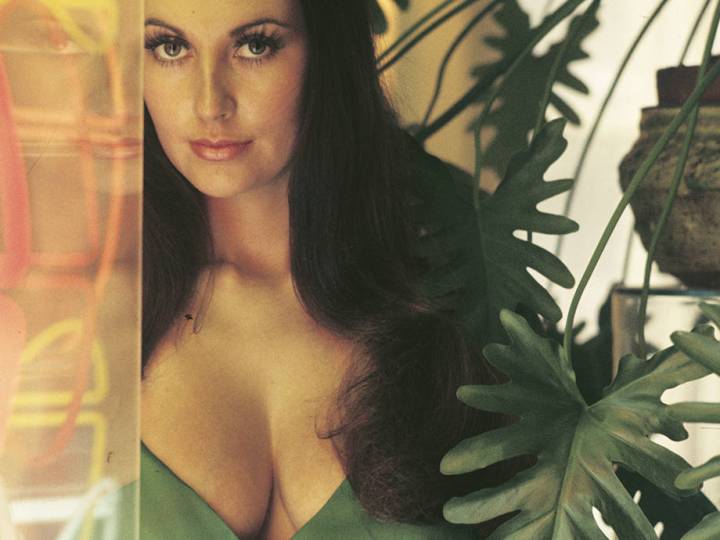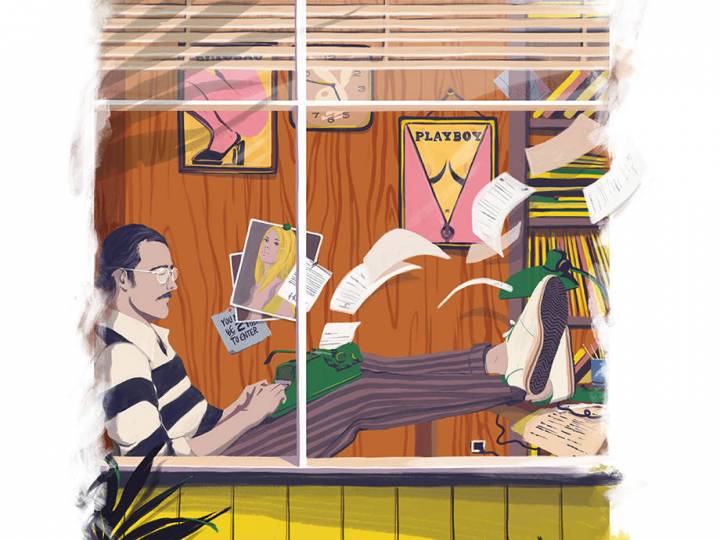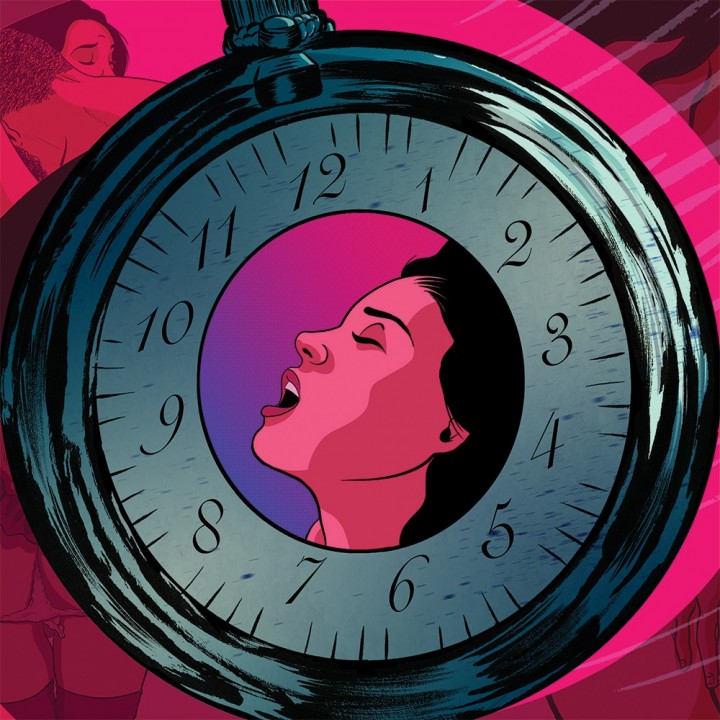
The Singing Playmates
Presenting the nearly lost history of the one and only Centerfold supergroup
In this age of Alexa and Siri, when accessing information is usually as easy as shouting at your electronic device, it can be surprising to encounter a question with an elusive answer. This is doubly true of any topic related to Playboy’s past, much of which has been thoroughly documented by fans, collectors and historians.
The Singing Playmates were formed in the late 1970s on the initiative of July 1977 Playmate Sondra Theodore. “It was her idea,” says July 1981 Playmate Heidi Sorenson. “She was the lead in our group. And her voice was just out of this world.”
The lineup changed over the years, but the core consisted of Theodore, Sorenson, Michele Drake (May 1979), Kelly Tough (October 1981) and Nicki Thomas (March 1977). Another figure central to the group was their producer, Vic Caesar, who looked and sounded like the radio disc jockey Wolfman Jack and was most famous for writing a Richard Nixon campaign song. (He also arranged the surprisingly famous theme to the Playboy pinball game.)
“He was like our den mother,” says Tough. “We loved Vic because he pushed us, and he protected us too. I give him a lot of points for putting up with us, because we were a handful.”
Drake had come out of the Los Angeles rock scene, where she was running around with members of the Knack and Joan Jett’s former band the Runaways. The first time she auditioned for the Singing Playmates, she didn’t make it. For her second tryout, she says, she brought along a little extra star power: Actor John Belushi escorted Drake in a limo to the Playboy Club. Still, she didn’t make the cut. Determined to change her fate, Drake presented Theodore and Hefner with a tape of herself performing a song she’d written about an ex-boyfriend. “You wrote that?” she remembers Hef exclaiming. “You’re in!”
Sorenson’s first audition didn’t go well either, and she initially wasn’t chosen for the group—“probably because I was too self-conscious,” she speculated in the story that accompanied her Playmate pictorial. At the time, she resided at the Playboy Mansion (“I think I have one of the records for living there the longest, actually,” she says today), a situation she decided to turn to her advantage. The Singing Playmates rehearsed inside the Mansion’s guesthouse, so Sorenson was able to hear every song they were working on. After they left for the day, she would go in and practice with their equipment.
“I was so determined to get into this group, you have no idea,” says Sorenson. “I memorized everything. I learned all the harmonies. One day I talked Vic into letting me sing along during the rehearsal, and the rest is history.” Determination was key: Rehearsals were five days a week, eight hours a day. “It was full-on. Everybody went into this 100 percent,” she says.
"They had such energy that for the first time, I could see this act was going to work just fine."
“Hugh Hefner had converted a store into a rehearsal hall with a new dance floor, mirrors on the wall, a ballet barre and couches, chairs and a well-stocked refrigerator,” Nelson wrote in her memoir My Life Dancing With the Stars. “It goes without saying these young women were beautiful and had gorgeous bodies, but their singing was fair and their dancing was fairer. I had my doubts about their abilities, but Mr. Hefner was paying terrific money.”
“We got pretty strict,” says Drake. “Miriam’s job was to whip us into shape to become a Vegas act. We were very lucky to have her. She started us off in one-and-a-half-inch heels and got us up to two-and-a-half to three-inch heels. She was a true pro. She knew what she was doing.”
One day Hef swung by the practice space, unannounced, to see how the group was coming along. “The girls really put on a show for him,” Nelson wrote. “They had such energy that for the first time, I could see this act was going to work just fine.”
By this time they had honed a highly choreographed song-and-dance routine that included a tune the popular soul singer Barry White had written, called “I’m So Glad That I’m a Woman.” The set consisted mostly of medleys to which they could match their costumes: standards performed in top hats and tails; country songs in tight pants, vests and cowboy boots. Sometimes the singers conducted their wardrobe changes onstage, behind a scrim, allowing audiences to see their silhouettes.
They headed to Vegas and performed for The Mike Douglas Show; did a set on the nascent Playboy Channel (a stop for other musical acts as well, including Merle Haggard); and were booked at various Playboy Clubs, including the casino in Atlantic City, where Michele Drake remembers zero-degree temperatures outside and a lack of heat onstage—not to mention one bone-crunching set in particular. “I grabbed a guy’s tie, slipped and fell and broke my index finger,” says Drake. The next night she persevered, gripping her mike despite the splint on her injured digit.
Billboard sent a reporter to Atlantic City to cover the act, though he seemed to be more interested in the Playmates themselves than in their singing: “There was not much skin to see. Instead, they were perky and wholesome in the peekaboo Playboy manner, just slightly naughty. They sang about their favorite brands of designer jeans.”

Meet the Model Behind Playboy's First Foray Into Full Frontal
Marilyn Cole, the one and only British Playmate of the Year, talks being the first to bare it all
May 1967 Playmate Anne Randall (now Stewart) joined the group for the Christmas taping, stepping in for Jeana Tomasino (November 1980). Stewart, already established as a film and TV actress, was game, but she was older than her cohorts and disliked the opening sketch, for which she and the other Playmates were required to don “antlers,” pull a gift-laden sleigh and tap their “hooves” on command.
“My family was furious at me because I was hiding behind everybody,” Stewart says, “but I was 37 and wearing reindeer antlers, stamping with my foot! I was humiliated.” Today she looks back fondly on the episode and the opportunity to do a vaudeville routine with comedy legend Burns, who seems to have charmed the whole group with a vibe Tough describes as “dirty old man—but in a very polite and respectful way.”
"It was an exciting time, and the Singing Playmates were a part of that."
The rest of the group soldiered on, doing international shows in places like Japan and the Philippines. “Things were a little dicey,” Sorenson remembers about the Manila trip. “It was martial law there at that time, and we were pretty sure we were being followed. There were guys with machine guns on every corner.”
“Let’s just put it this way: Life was happening to everybody,” Drake says. “There’s no blame. But it is a shame that we didn’t go any further. The type of act we had would have been perfect for a USO tour.”
Nearly four decades later, many of the members remain in contact. “We were all really close,” says Tough. “We saw each other five days a week, eight hours a day. It was a lot of fun, and I’m really happy I did it.”
“The group was like a little family,” says Sorenson. “It was an exciting time, and the Singing Playmates were a part of that.” Though the curtain came down on that era of Playboy history, the story of the Singing Playmates will live on. Alexa and Siri, take note.

